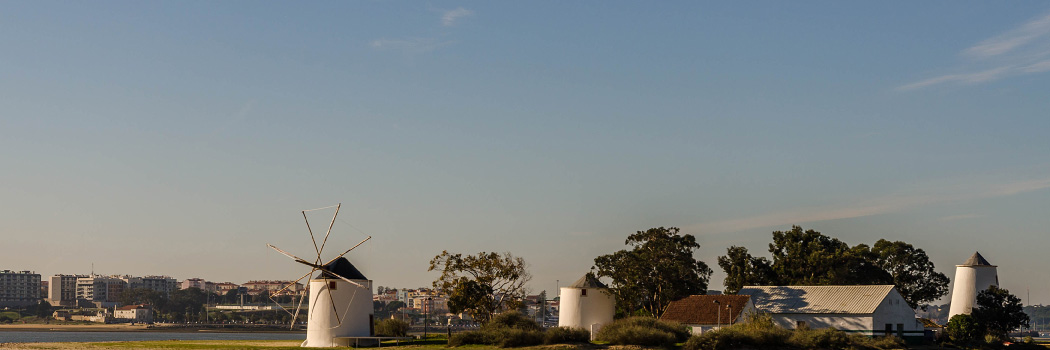Study in Setúbal and Barreiro
There are many reasons to choose Setúbal as a place to study. First and foremost is the region’s privileged location, characterised by unique natural beauty, an excellent quality of life, and a wide range of higher education courses tailored to market demands, not to mention a high employability rate.
The Polytechnic University of Setúbal is the right choice for a successful professional future.
EXPLORE THE SETÚBAL REGION
Between the Tagus and Sado rivers, embraced by the Arrábida Mountains and nestled in one of the most beautiful bays in the world, the Setúbal region is part of the Lisbon Metropolitan Area, the capital of Portugal. It is the eighth largest Portuguese district, with more than 850,000 inhabitants spread across 13 municipalities – Setúbal, Sines, Santiago do Cacém, Grândola, Alcácer do Sal, Sesimbra, Palmela, Almada, Seixal, Barreiro, Moita, Montijo and Alcochete.
Of extreme importance in geostrategic terms, Setúbal is one of the main gateways to the country and Europe. Its location, accessibility and resources have enabled a strong movement towards modernisation and economic growth, and it is considered a district with great potential for development in the areas of health, employment, economy, tourism and education, due to its proximity to the sea, its efficient transport and communication network, and its ability to attract investment in productive and technological sectors.
The region also stands out for its strong commitment to higher education and research, which have contributed to the development of important business hubs, such as the paper and automotive industries.
SETÚBAL CITY

Setúbal is the 23rd largest city in the country, county seat and district capital. It has excellent infrastructure, including hospitals and health centres, various schools, from pre-school to polytechnic higher education, banks, small and large companies, and a diverse and attractive commercial sector.
With its privileged location, Setúbal offers a wide range of recreational and leisure activities, between the mountains and the sea, from vineyards to traditional cuisine, in a mix of unique riches that make the perfect union between tradition and modernity.
BARREIRO CITY

Part of the district of Setúbal, the town of Barreiro is located on the south bank of the Tagus Estuary, about 35 kilometres from Setúbal and 40 kilometres from Lisbon. It is connected to Lisbon by the 25 de Abril Bridge or the Vasco da Gama Bridge, but is only a short distance away from a boat crossing over the Tagus.
Supported by a major transport hub with road, rail and river connections, it occupies an important strategic position that allows those who live, work or study there to enjoy a certain tranquillity, while remaining very close to the capital.
LIFESTYLE
Anchored in a relatively young city, surrounded by natural riches, well served by transport and other amenities, alongside a strong commitment to education, culture and leisure, the Setúbal region has everything to offer an active lifestyle, with quality, tranquillity and safety.
Sports activities, strong traditions, enchanting landscapes and a mild climate are commonplace. A combination of elements that make Setúbal a unique region, perfect for studying… and living.
COST OF LIVING
The cost of living is an important consideration for people looking for a city in which to live and study.
From accommodation to food, transport and cultural activities, Setúbal offers a relatively affordable cost of living and much lower than in large cities such as Lisbon, even though it is so close. Renting is one of the sectors where the differences are most evident.
With regard to public transport, monthly passes offer advantages for students, as well as for families and the elderly. However, in relatively small cities such as Setúbal and Barreiro, the use of cars, motorbikes, or even alternative means of transport such as bicycles, are perfectly viable.
Depending on each person’s profile and lifestyle, costs vary, although, in general, the region offers a good balance between cost and quality of life. The collaborative database Numbeo can be useful for understanding some figures.



